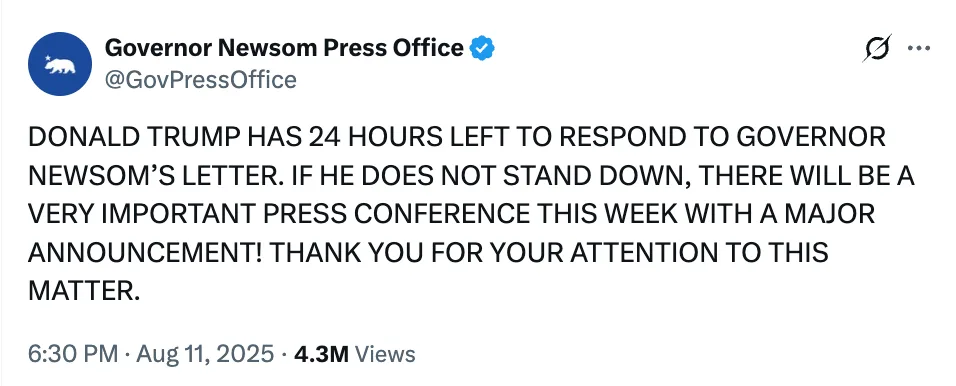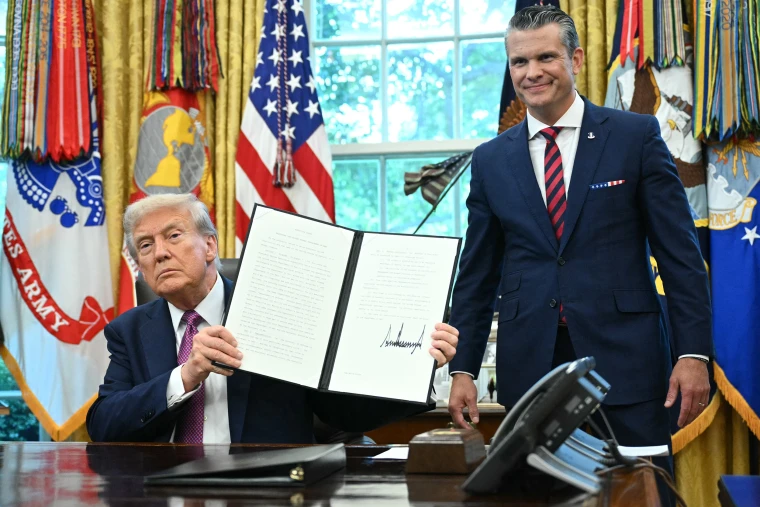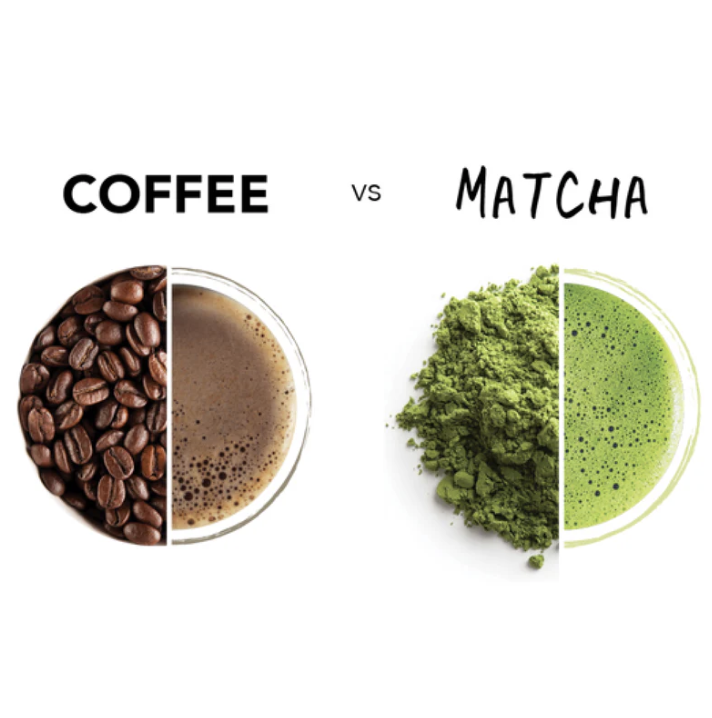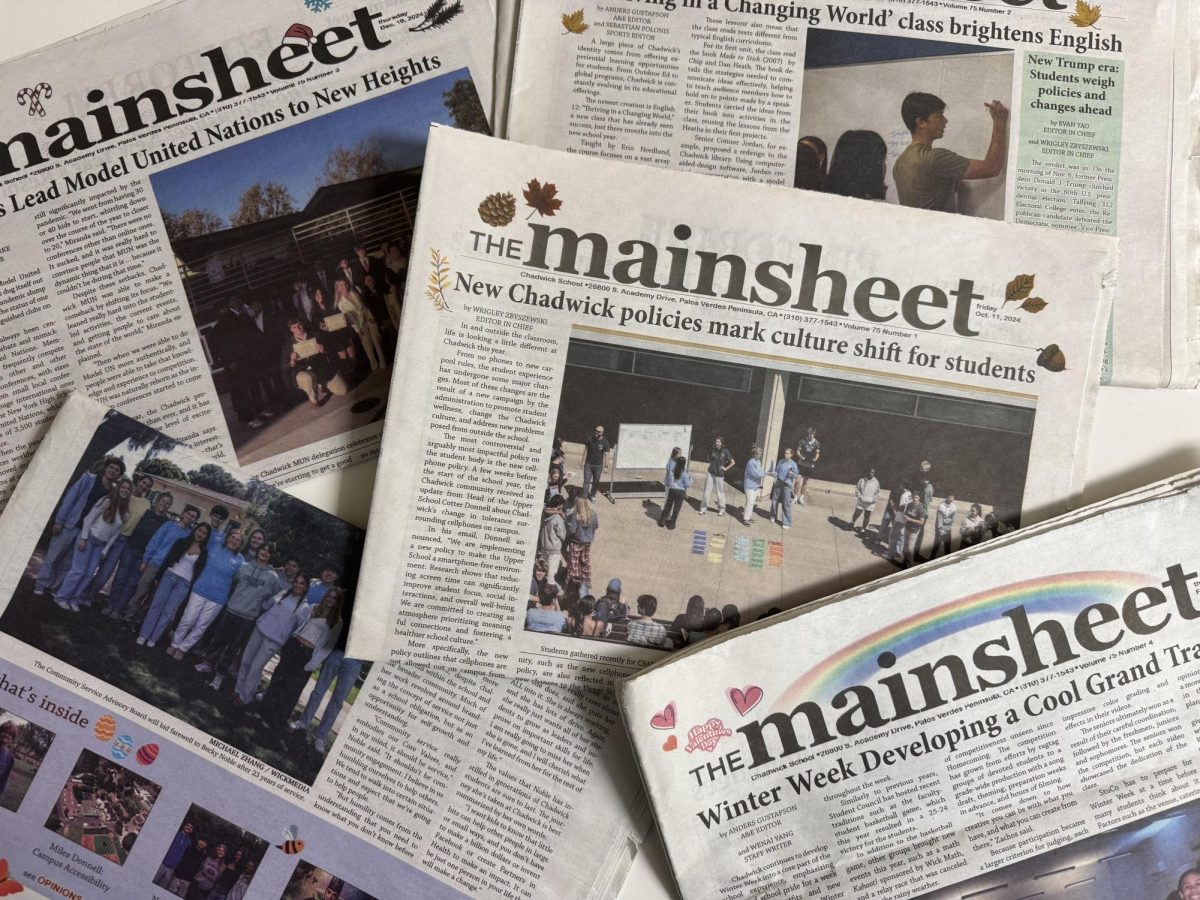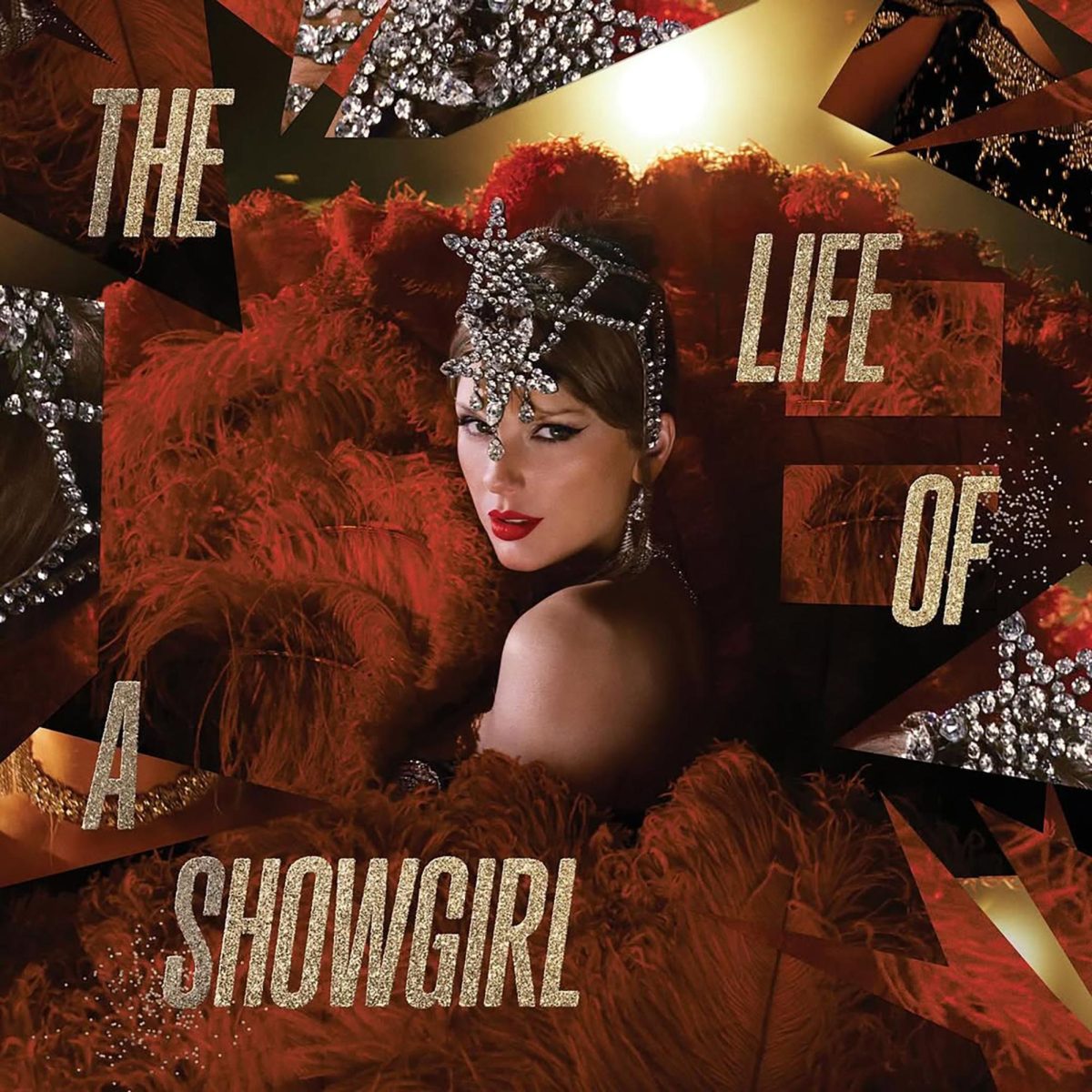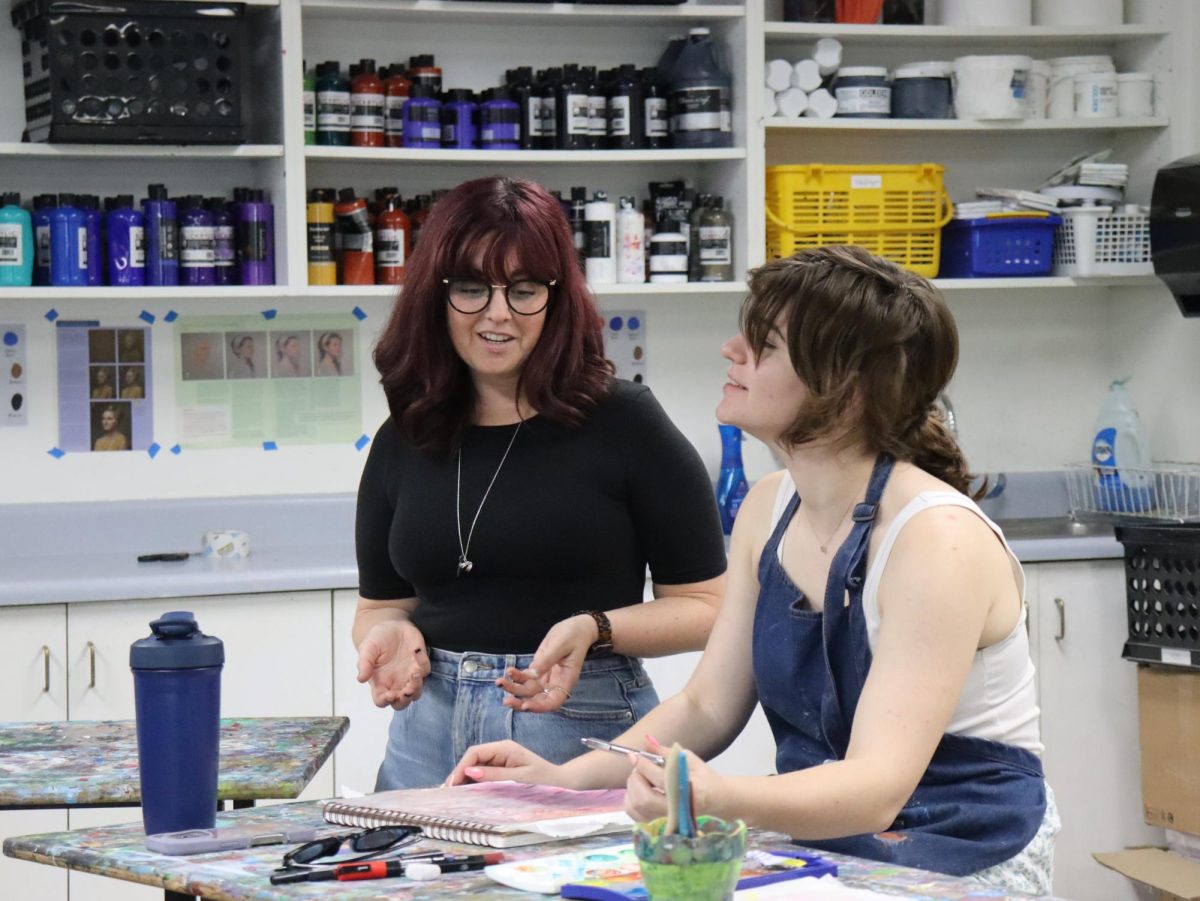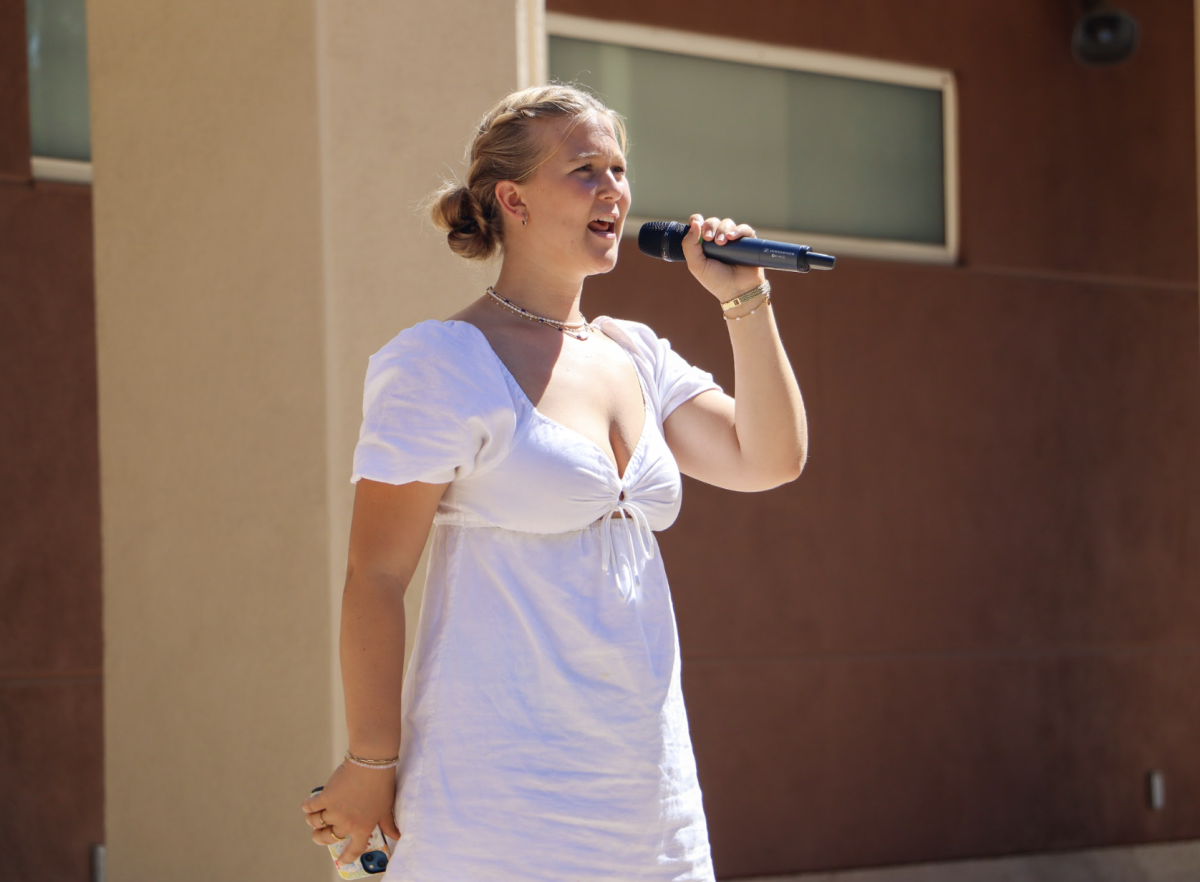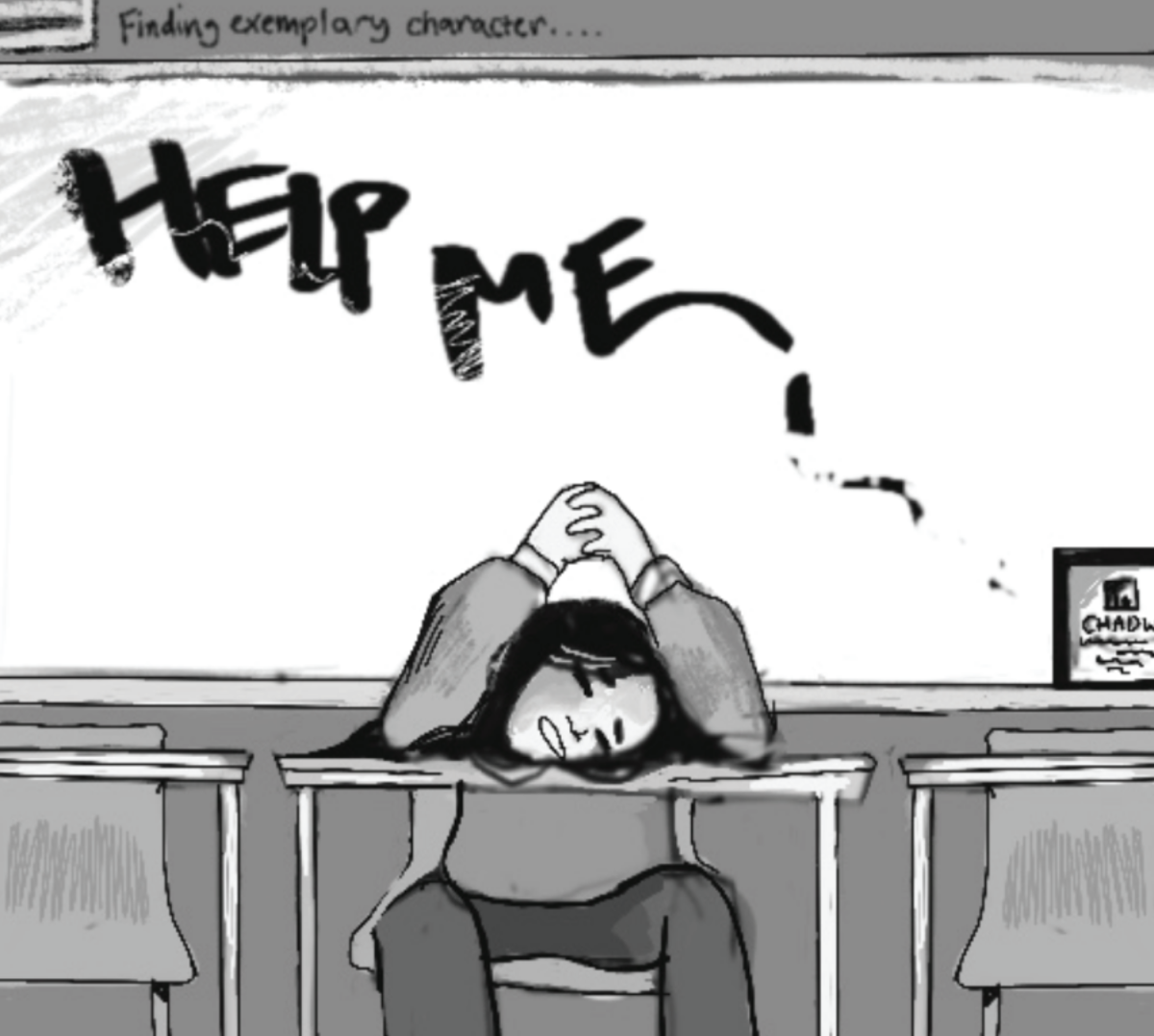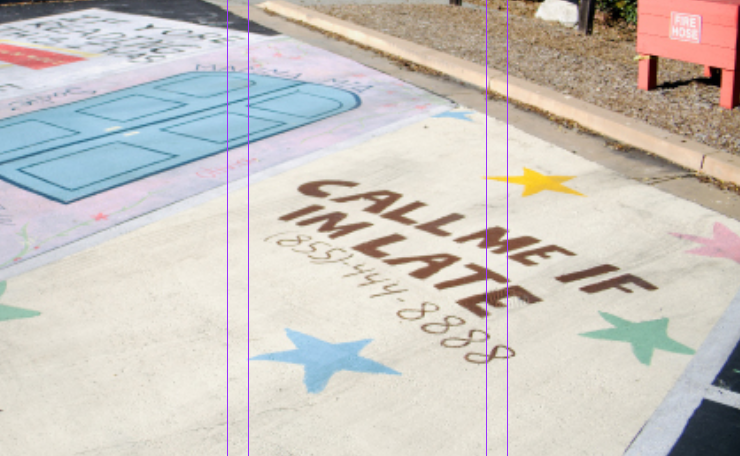It’s 6:10 in the morning, and I wake up to the buzzing of my alarm. Groggy, I stumble out of bed, down the stairs, and make a fresh cup of black coffee. As soon as the coffee washes over my tongue, I feel more awake, ready to face the day ahead.
Like me, millions of people around the world have a fresh cup of coffee every morning; the number of coffee drinkers outweighs matcha drinkers. But even though matcha has been all over the internet in TikTok videos promoting “calm energy” or the bright green aesthetic, it simply cannot compare to the nostalgic appeal of a morning cup of coffee. Coffee wins for its signature taste, social appeal, affordability, and versatility.
Right off the bat, coffee proves itself superior in terms of taste. Let’s be honest, most matcha tastes like grass. If someone wants to get any kind of high-quality matcha latte, they’ll find themselves thinking twice as they see the price tag on that tiny little matcha container on the store shelf. And beyond simply the price tag, making matcha is an entire endeavor. When you want a matcha latte, you’ve got to sift your matcha, buy some special bamboo whisk, and rapidly mix the powder into water that already seems to be too cold to work with after only spending a few seconds on the countertop. But with coffee, you simply throw some beans in a grinder, pour some water in, press a few buttons, and a fresh cup of coffee pops out.
In comparison to matcha’s grassy flavour, coffee offers a rich, bold flavour profile for a much more reasonable price. While some people complain about coffee’s bitter taste, many fans (including myself) find its bitterness to be the charm of the drink. The complexity of acidity, richness, and bitterness adds a personality to each sip that matcha can’t possibly compete with.
Next, let’s talk about variety. Say you’re one of those people who don’t like coffee’s bitterness. Well, that’s just fine! You’re free to fill your cup with however much sugar and milk you like to balance the taste. Or if additions to your drink aren’t your jam, there are dozens of different bean types from nearly all regions of the world that can suit your preferences. Coffee’s variety seems almost endless; if you want a nutty, fruity, earthy, or even a chocolatey drink, you can find a coffee varietal to fit your tastes.
Beyond simply flavour, matcha pales in comparison to the different preparation techniques of coffee. You can take your coffee hot, iced, as a pour-over or cold brew, an espresso, cappuccino or latte, or even a fancy affogato over with ice cream. Top that, matcha!
And beyond simply taste and variety, drinking coffee is an experience. City streets are dotted with coffee shops, not matcha cafés. If you need a quiet place to study or want to meet up with a friend and get drinks that won’t drain your wallet, the first place that crosses your mind is a coffee shop, not a pricey matcha shop. For coffee drinkers, daily life is mixed in with coffee culture, intertwined with the smell of coffee beans and the social atmosphere of a local Starbucks, so while matcha may be trendy, it simply can’t compare to the social pull of timeless coffee.
Finally, let’s talk about why people drink coffee in the first place: the energy boost it provides. Matcha drinkers will praise the health benefits of the slow-release and crash-preventative powers of the grassy powders, but when it’s barely past six in the morning, many people, just like me, need a hefty boost of energy, not a slow release over the next few hours. Oftentimes, we need intensity from our morning drink, and matcha simply cannot provide that.
So yes, matcha might find its place among the social media influencers and those looking for a mellow morning vibe, but if you’re on the hunt for flavour, community, variety, and a real energy boost, coffee is your winner.
So, next time you need a boost of energy in the morning, treat yourself to a timeless treasure—a fresh cup of quality coffee rather than a frothy matcha.

